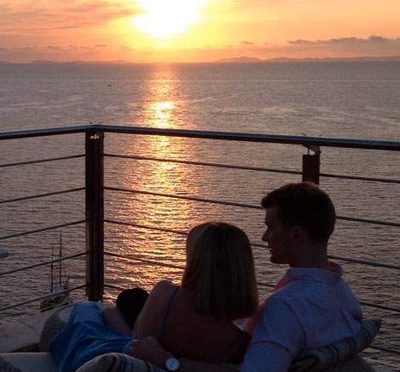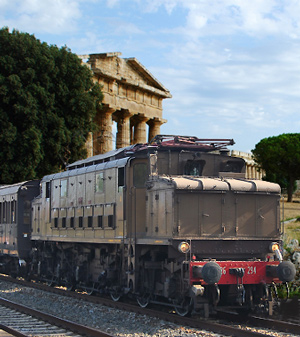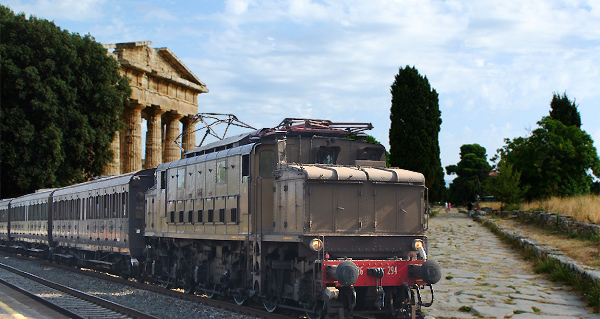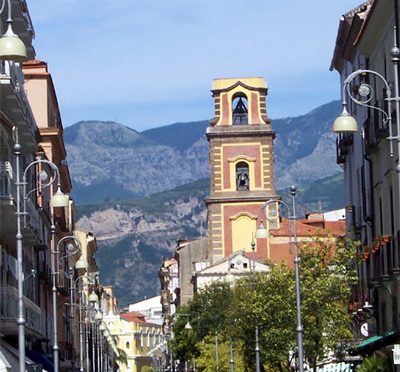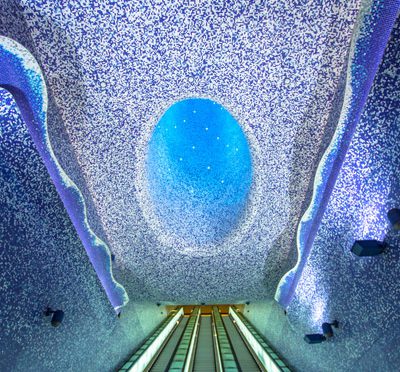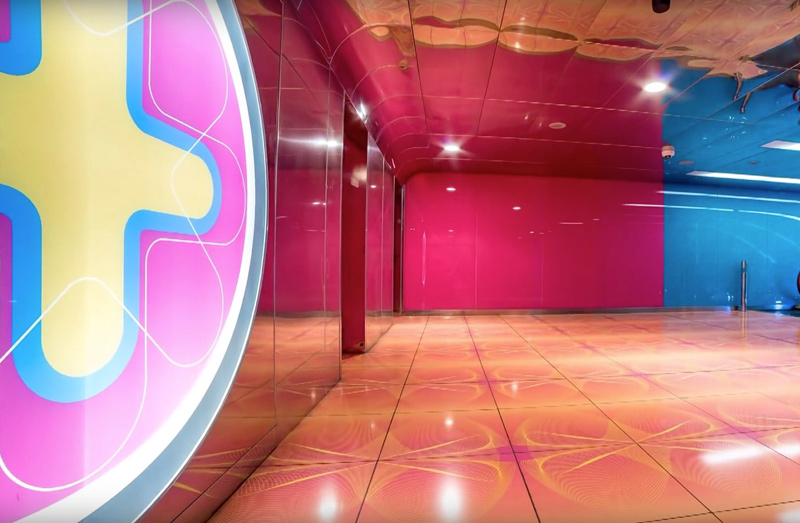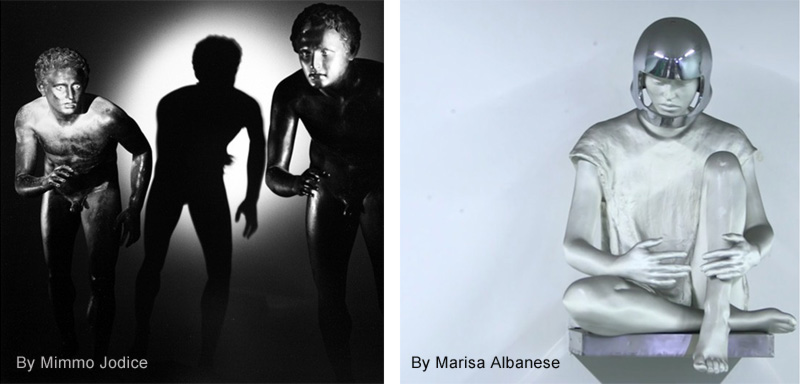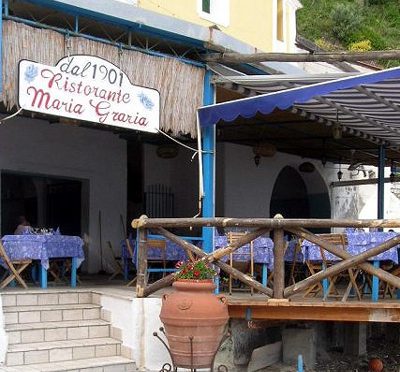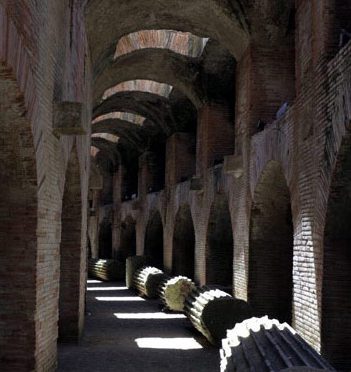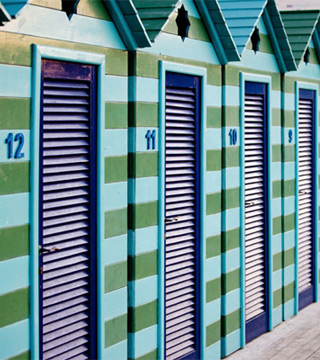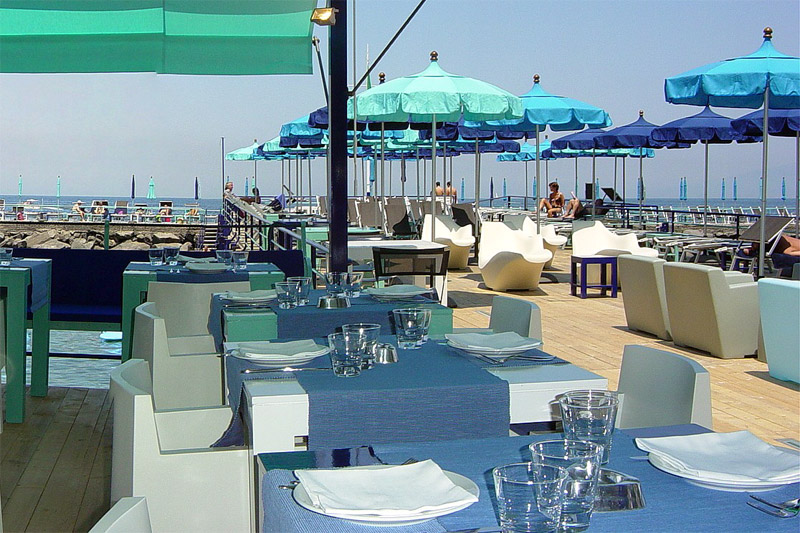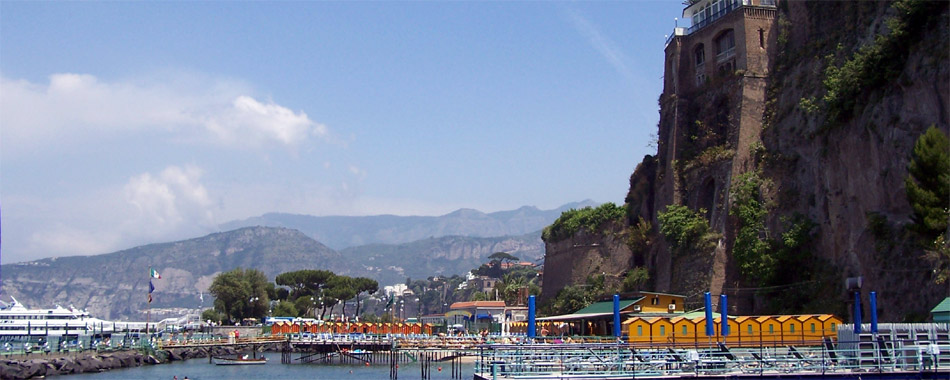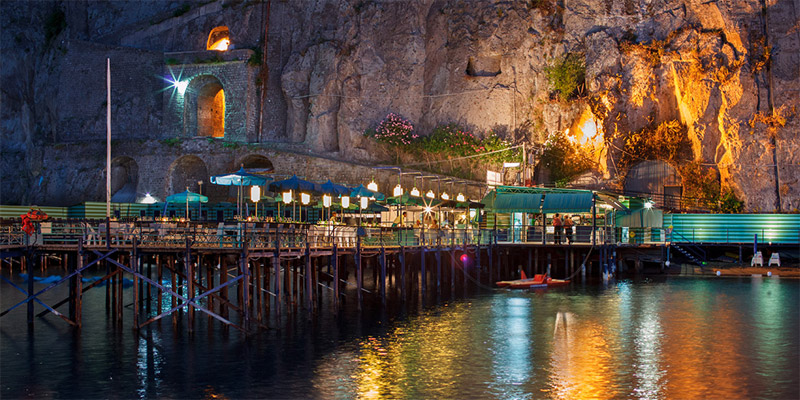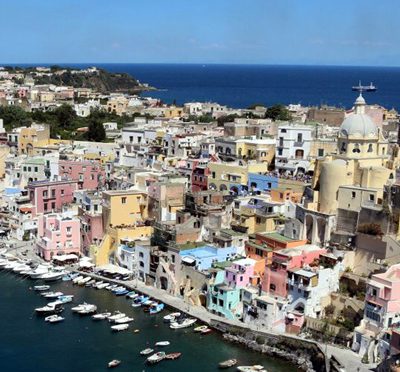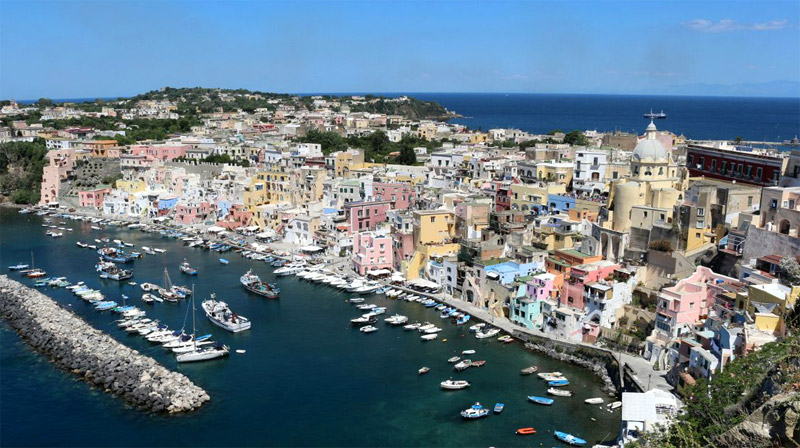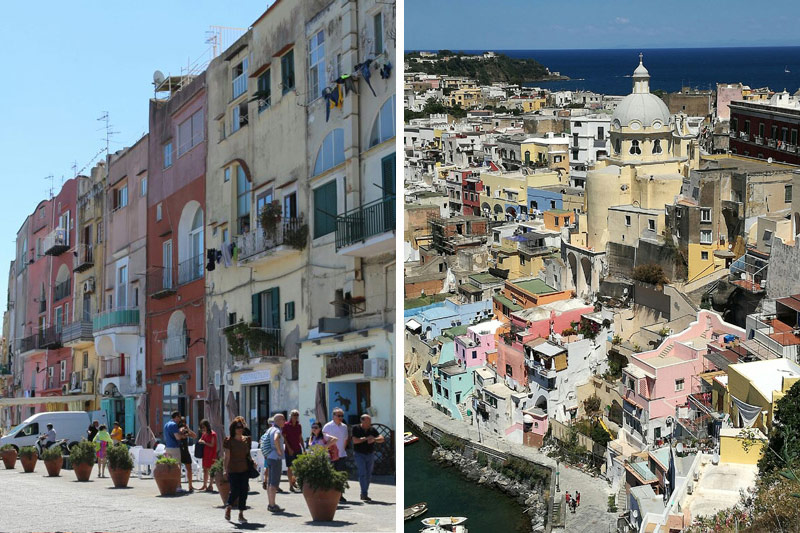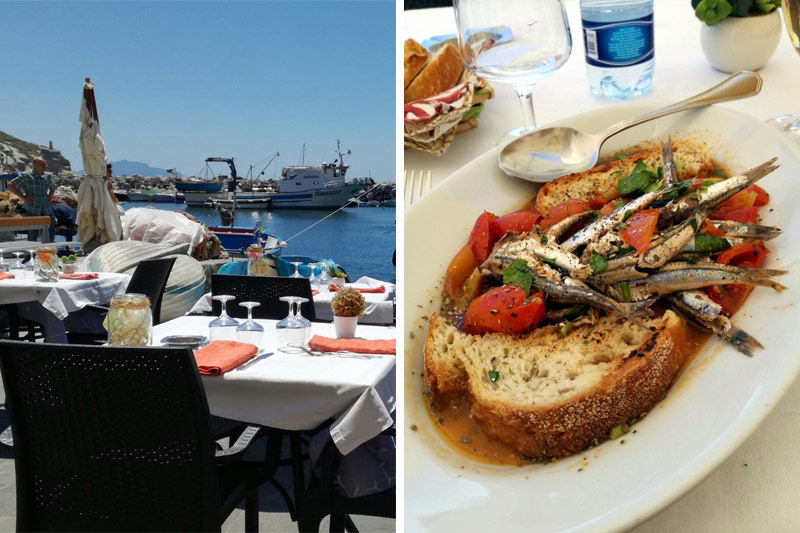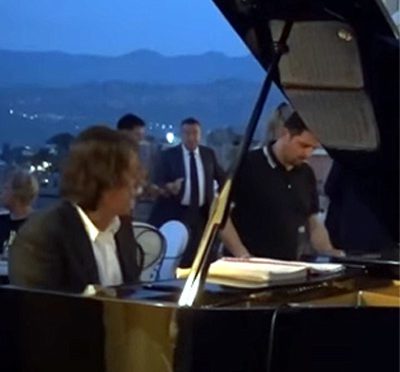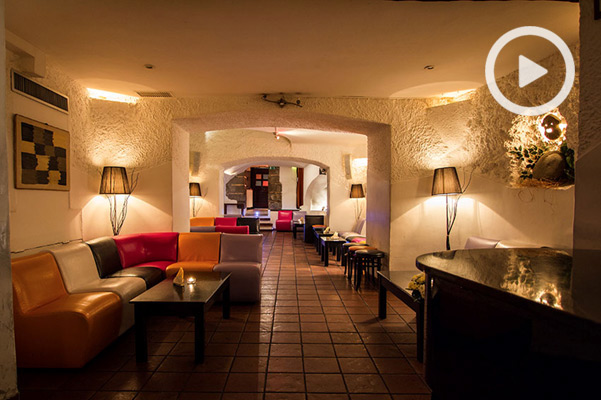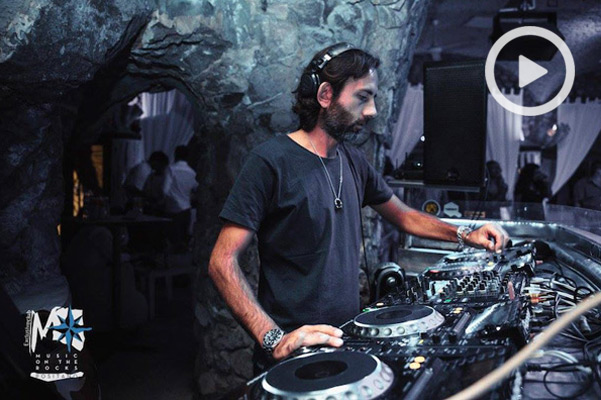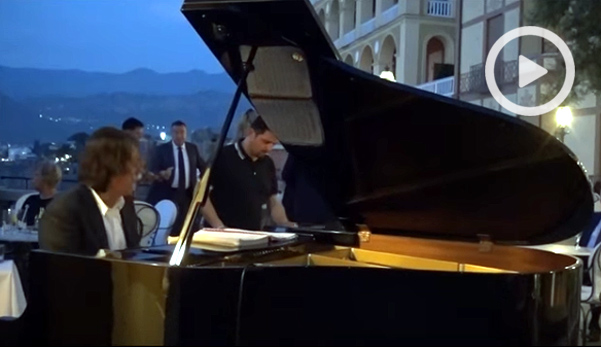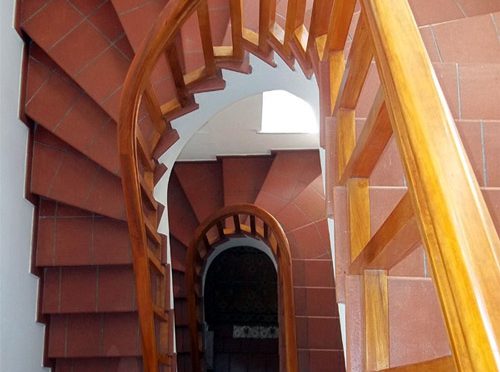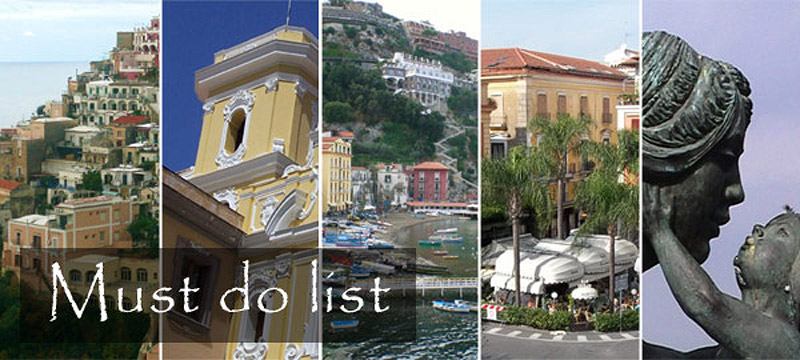
Walking tour of Sorrento
For first time visitors to Sorrento and the Amalfi coast we have listed our top list of attractions and locations that will provide an introduction to the history, culture and beauty of this remarkable region
Most of the historic attractions are within a 500 m radius of the main Tasso Square which is the suggested starting point for our quick guide for visitors. In the square, behind the statue of Torquato Tasso and next to the Florist, is a narrow lane (Via S M Pietà) where on the corner you will find the Correale House, and further along the Correale Palace, the Veniero Palace and the Fifteenth Century House. At the end of the lane you find the Bishop’s Palace, Cathedral Belltower and the Cathedral itself.
Continue past the Cathedral alongside the main street (Corso Italia) until you come to the first turning on your left which is Via Sersale and this will take you to the ‘Greek’ Walls, now restored and accessible to the public. Retrace your steps to Corsa Italia and on your left is the Church of the Servants of Mary, if you then return past the Cathedral until the Bell Tower you can cross the road into the narrow lane directly opposite (Via P R Giuliani) to find the Dominova Seat. Continue down Via P R Giuliani until Via V Veneto and turn left past the Hotel Tramontano to find the House of Tasso (actually part of the hotel Tramontano) on the Piazza Vittoria.
Walking back past the Hotel Tramontano’s main entrance will bring you to the Church and Cloister of Saint Francis on the first turning left. Coming out of here turn left and follow Via S Francesco until Piazza S’Antonino to find the Basilica of St.Antonino. Continue along this road to return to the starting point on the main Piazza Tasso where you will be able to see the Sancturary Of Carmine just past the entrance to the Excelsior Vittoria Hotel.
The Correale Museum on the Via Correale, five minutes from Piazza Tasso, and the Wood Inlay Museum (Museobottega della Tarsialignea) on Via S Nicola in Sorrento’s historic centre, both provide an excellent overview of the art, history and culture of Sorrento. Other churches to be discovered in the historic centre include the Church of Annunciation (Via Fuoro), Church of the Rosary (near Via Torquato Tasso) the Church of St Mary and the Miracles (Via S M delle Grazie).
Marina Grande is Sorrento’s traditional fishing harbour in a beautiful and tranquil setting where you can spend a couple of hours just relaxing and enjoying the view across to Naples and Vesuvius. The restaurants and cafes on the water’s edge offer a selection of traditional snacks and fresh fish dishes.
The walk down from the Piassa Tasso is in itself an enjoyable experience through bougainvillea covered lanes, down ancient steps and passages that lead to a delightful view of the harbour. For the less mobile there is also a regular bus service from the Piazza Tasso to the harbour.
Every evening offers the opportunity to take part in one of Italy’s most popular pastimes for all ages and that is the Passegiatta. Simply take a walk along the main streets and enjoy the friendly and family atmosphere as people browse the shop windows, the majority of which stay open until 10.00 pm, or sit outside a bar, cafe or ice cream parlour and watch the world go by. This is the place to see and be seen so dress accordingly, particularly on the weekends. Sorrento centre is a very safe and family friendly place to spend evenings.
Villa Comunale is Sorrento’s largest public park and sits on a cliff top with uninterrupted panoramic views across the Bay of Naples including Vesuvius, Naples and towards Capri. Tropical plants, palm trees and statues make it a comfortable shaded place to just sit and watch the world go by. For the more adventurous there are steps that zig zag down to Sorrento’s main harbour, Marina Piccola, and also private bathing platforms. A more recent and easier option is the lift. Entrance to the park is in front of the Cloisters of St Francis close to the hotel Tramontano.
Massa Lubrense and Sant Agnello
A ten minute bus ride will take you from the bustling centre of Sorrento to Massa Lubrense, a pleasant coastal town with a fishing harbour and small beaches, Puolo and La Cala di Puolo. This small town together with a number of other villages are located in the beautiful unspoilt countryside of the Sorrentine Peninsula with its magnificent views. Many of these villages are linked by a number of ‘well marked’ walking trails as well as regular bus service. Here is a list of villages to be considered.
Capo Ruins of Villa di Pollius Felix ruins, ‘Bath of Queen Joan’ sea pool.
Sant’Agata Mountain village with excellent views from the ‘Desert’.
Nerano Pleasant village and start for a number of walking trails and a beach.
Marina del Cantone Beach and views of Li Galli (Home of the mythical Sirens).
Termini Village with views of Capri and access to La Cala di Mitigliano beach.
Marina di Puolo Pleasant fishing village and beach.
Marina della Lobra Picturesque fishing village with small beach.
More information about walks, including maps and guides, can be found in the Activities section. There is also a ‘Country Tour’ which visits some of these towns and villages and provides the opportunity to stop and sample local produce. More details in the Excursions section.
A thirty minute walk, or five minute bus ride, from the centre of Sorrento will take you to the town of Sant Agnello, a residential area with attractive buildings and shops. Just follow the main street, Corsa Italia, from Tasso Square and you will begin to experience everyday life in Sorrento (the road narrows in one or two places and needs extra precaution). After a light lunch you can return using a different and quieter route which goes through the residential area and offers a number of cliff top viewing points. In particular, the terrace directly opposite the Mediterraneo hotel where there is also a cafe. Eventually you pass the Correale Museum and follow the Via Correale back to Piazza Tasso.
Amalfi Drive
For the first time visitor the Amalfi Drive excursion offers a comfortable and informative way of experiencing the breathtaking scenery along the infamous Amalfi coast road and also to visit Amalfi and Ravello. Amalfi has its Cathedral, beach and ‘Emerald Grotto’ and Ravello its Cathedral, villas, gardens and of course fantastic views. The journey also provides superb views of Capri and Il Galli rocks, where the mythological Sirens lived according to the legendary story of Odysseus.
Other towns you will pass or be able to view from a distance include:
Positano Perched on the mountain side with its Cathedral, boutiques and beach.
Priano San Luca church, beaches, diving, tranquil setting and panoramic views.
Conca dei Marini Emerald Grotto, convent of St Rosa and the Conca tower.
Atrani Just 700 m from Amalfi, typical fishermen’s town with Cathedral.
Scala Quiet village overlooking Ravello with Cathedral and vineyards.
Minori A delightful seaside resort, Roman villa ruins, Basilica and churches.
Maiori Largest seaside resort on Amalfi coast. Long volcanic beach.
Pompeii
Sorrento is only 45 minutes from Pompeii and provides visitors with the perfect opportunity to visit this world famous archaeological site to see how people lived in 79 AD at the time Mount Vesuvius erupted and engulfed Pompeii. There are countless books, TV documentaries and images about Pompeii but nothing comes close to actually walking through the town with Vesuvius in the background.
A guided tour is recommended to help ensure you see and obtain factual information about the main attractions of this very large site. The air conditioned coach is also a benefit for the return journey to Sorrento after two or more hours walking with very little shade.
Pompeii, Vesuvius, Herculaneum and Naples and easily accessible from Sorrento by public transport or with an organised tours. Friends of Sorrento offers a comprehensive selection of excursions which can be viewed here.
The island of Capri
The beautiful island of Capri is just a short ferry crossing from the port of Sorrento (Marina Piccolo) which in itself provides wonderful views of the Sorrento coastline as you sail to Capri’s harbour. On the island you can explore the towns of Capri and Anacapri, visit the Axel Munthe museum at the Villa San Michele, walk to the Roman ruins, take a cable car to the top of the island or take a boat to the Blue Grotto under the island. There is much to see including a street full of exclusive fashion designers. If the thought of purchasing tickets, getting around the island or missing the last boat back bothers you, try an organised tour which includes transfers from and to your hotel in Sorrento.
Buona giornata


